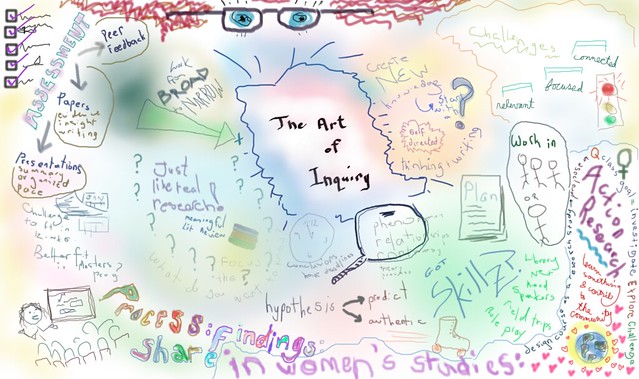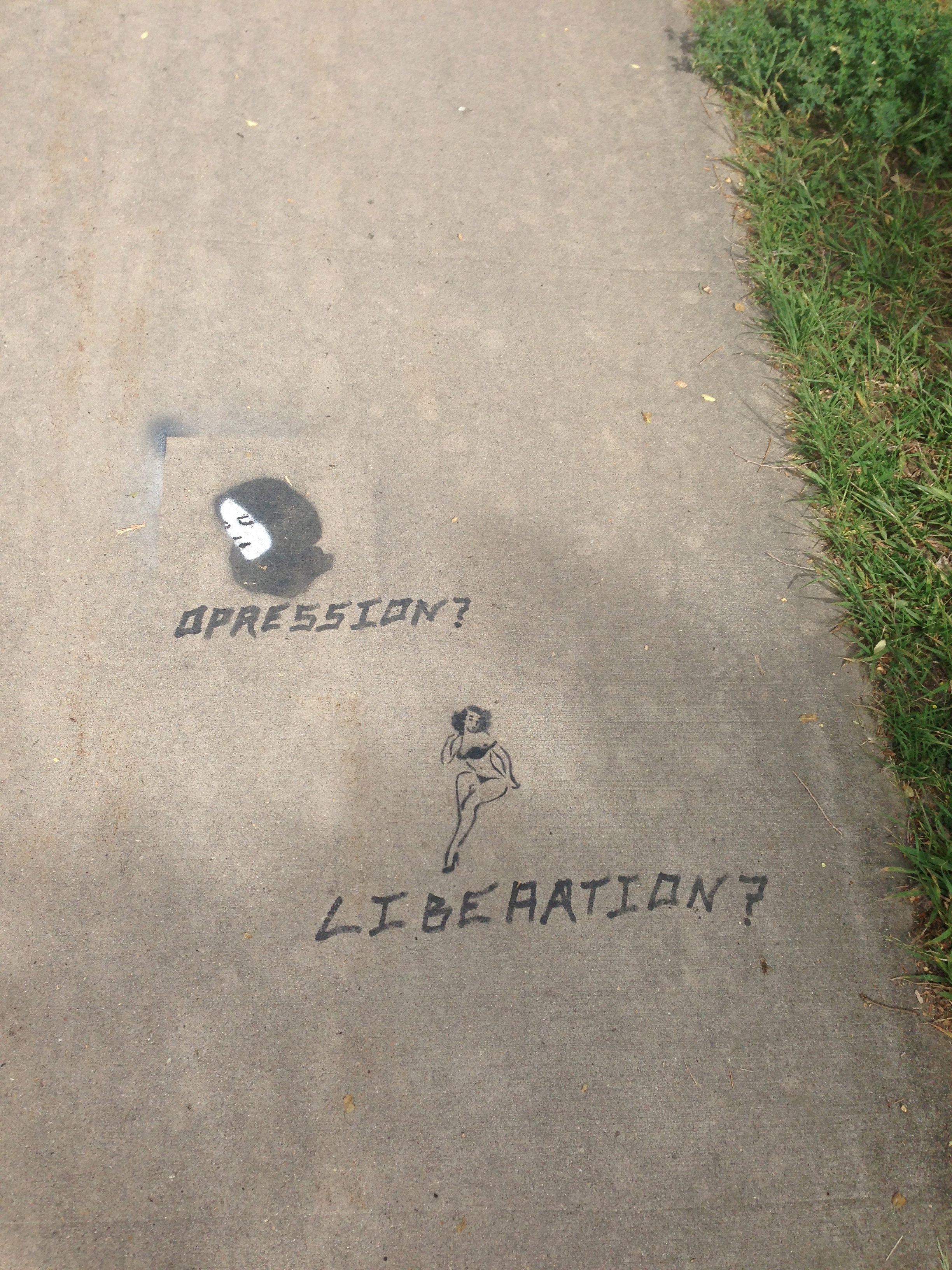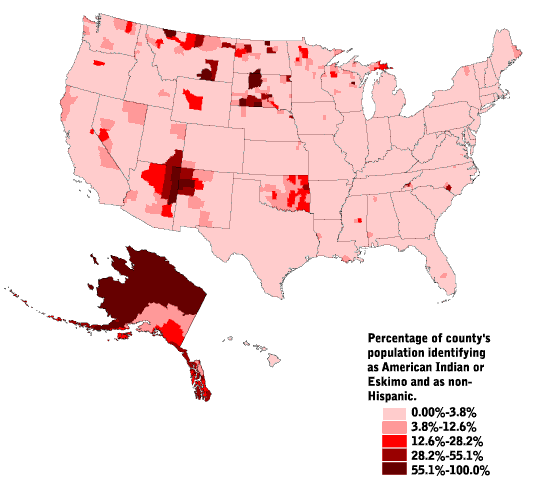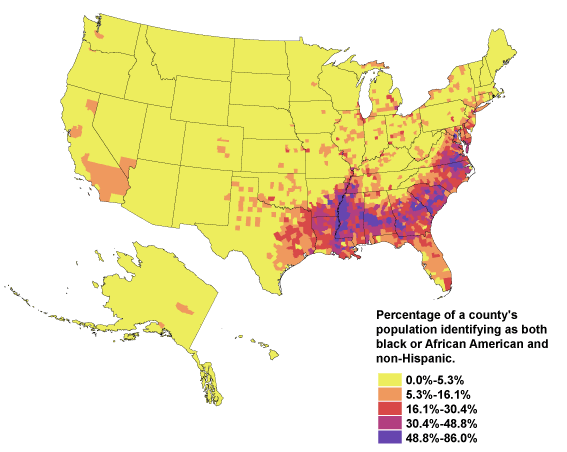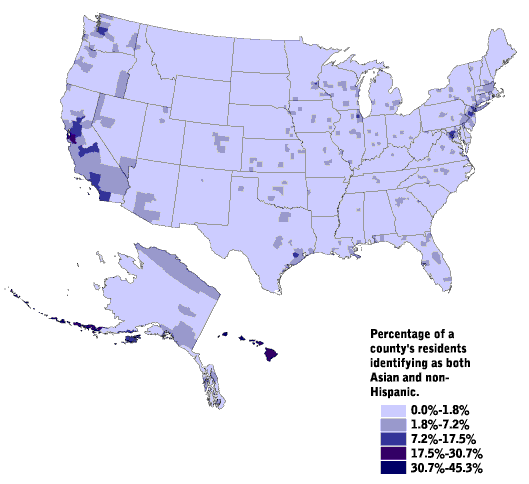Marcie Hull said something toward the beginning of our friendship that told me we would get along well.
When pointing to a couple at a restaurant during one of our first meals together, Marcie said, “He knows how to talk to kids.”
The he of the mixed-sex pair, was presumably the father of the 6 or 7 year old girl sitting between them.
I paused for a moment to eavesdrop on the conversation going on at the other table before asking Marcie what she meant.
I heard the man talking to the child in a voice that was warm, engaged, and likely very similar to the same voice he would use with the woman sitting with him or to a server that happened by.
I asked Marcie if what I was inferring had captured her meaning, and she said it had.
Since that conversation, this has become one of the litmus tests I use the first time I meet adults who work with children. Right or wrong, it is my brain deciphering how much those adults believe children are capable of.
The tone we reserve for babies and pets does not urge children to respond with aspiration.
It is a tone not of equals, but of esteem. Often, adults to who use this tone or register with children are also willing to have conversations with children to help them work through whatever they may misunderstand or question about a situation.
In his book How Children Learn, John Holt brings up this point again and again when describing encounters with children intent upon learning something. A child proffers a question and Holt proffers an answer in a tone he might also offer a colleague of similar age and experience.
His words (and the words I’ve seen Marcie use time and again when helping children work through difficult problems) are perhaps more intricate. They contain fewer assumptions of the shared language of mastery that can build up over time.
This is the tone we should use with our students, those who show up to learn alongside us each day.
They are, as Dewey implied, more immature in their learning, but not in their curiosity about the world.
The tone we reserve for babies and pets does not urge children to respond with aspiration.
I should make the distinction here between tone and content.
There are some who agree with what I’ve written so far with whom I deeply disagree. These are the people who talk to kids in the tone I’m describing, but bring that tone to bear encumbered by the expectations of adulthood. These adults forget the tempest of emotions they likely experienced during their youth and the vulnerability that comes with learning something new or complex like engineering or fitting in to new social situations. They forget they are the adults in the conversation and that the children with whom they are speaking are in their care.
These adults confusing speaking as an adult with speaking to an adult.
That’s unfair.
Working with a new class of ninth graders, Marcie speaks to them with a tone of esteem and respect, but her words also denote an underlying listening that is taking place between each thing she says. She is probing to find out how she can most effectively leverage her own experiences as a technologist, an artist, or a person against the learning taking place without becoming overwhelming.
Holt understood this too. He wrote about answering a child’s questions and accepting when the child wandered off, ready to mess about with something else. He wasn’t angered. He didn’t try to fill the space between them with more and more content as the figurative passing bell chimed. Not only was the tone he used respectful of the people he was interacting with, but he was respectful when they signaled they’d received the answers they needed. I think of this as the same way you or I would accept the signals from adult colleague when they noted they were ready to move on.
I know there are many ways to talk about this, from discussions of register to developmental tones. For me, what helps me keep my thinking centered, is Marcie’s plainly laid out knowing how to talk to kids.

